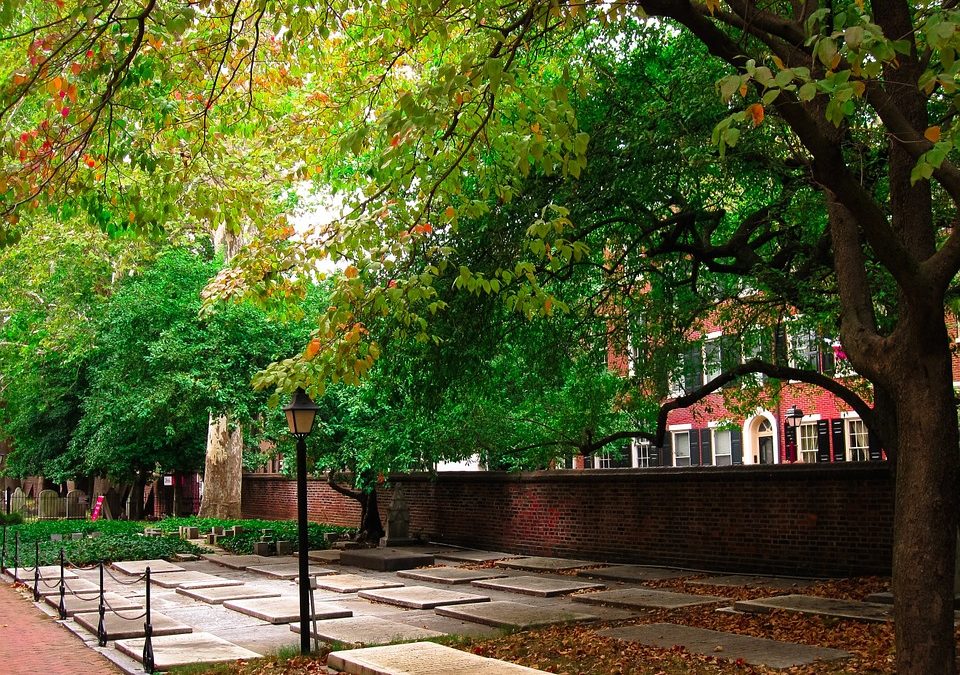Holy Sticker Shock – The Reasons Why You Can’t Afford Your Dream Home

So, you’re buying a house. You’ve been searching a lot, and you think you are armed with a reasonable budget. Yet, all the homes that you really love are priced well above your budget. What’s with that?
This is a scenario that befalls a lot of home-buyers, especially those out on the market for the first time. It can be super frustrating to run into a home that suits your needs in every way, only to find that it is leagues out of your price range. Do you have unrealistic expectations? Or are these sellers greedy, and are charging an arm and a leg just because they think that they can?
The answer to both those questions is the same: it’s complicated. Pricing a house is a science, but there’s something of an art to it as well. And, no matter what you think, the sale price is never arbitrary. Knowing what factors go into pricing a home can be helpful, and can actually help you appreciate aspects of a home that maybe you wouldn’t have noticed before.
The state of the housing market… right this minute
It’s easy to categorize housing markets as “buyers’ markets” or “sellers’ markets” or to make sweeping generalizations about neighborhoods and/or trends. But the reality is that the state of the housing market can change by the week, if not by the day, and that it is based on a bunch of really nitpicky details. You know that more homes for sale creates a buyers’ market, as there is more inventory than demand. The opposite is true for a sellers’ market. But there can be micro-trends within specific neighborhoods, down to the street on which a house is located. And these things can flip on a dime with no notice whatsoever. That’s why it’s best to trust the guidance of an experienced agent, who knows the 411 on what’s hot and what’s not.
Location… on a micro-level
You’ve heard all that jazz about “location, location, location,” and to some extent, that’s true. What you might not be aware of, however, is how microscopically particular street placement within a neighborhood (and with what sun exposure!) can impact the desirability of a house. YOu could have a gorgeous pool home, for example, that is located next door to a real dump. That brings the value down. If the whole neighborhood is bursting with young families taking on costly renovations and giving the whole cul-de-sac a facelift, however, that’s going to raise the price of everyone’s homes. Is the house on a corner lot? More desirable. Is there a lot of traffic noise? Less desirable. Good sun exposure? Buyers will eat that up. Close to a highway, or a park, or walking access to shopping? All these things can increase the value of a home.
Let’s talk about amenities
There are certain facets of a home that may not matter so much to you, but they can greatly increase the attraction of a home, and thereby raise the price. From the experts at Realtor.com:
“Clients prefer new construction, brand-name appliances, and large bedrooms—[preferably] at least three on one floor if they have kids—plus a den or office,” [says Realtor Sheldon Salnick] “Light plays a major role in the value of a house: The more windows, the more people enjoy the house. Ceiling heights factor in, too:10 feet and up are where it’s all at.”
Layout is perhaps the ultimate deal-maker or -breaker. Right now, buyers heavily favor an open layout, so homes built in the 50s and 60s won’t be as attractive (or command the same price) as a house that’s either new or has been extensively reno’d.
Turn-key vs. fixer-upper
The condition of the home has an impact on the price, but not always to the extent that you might think. A real wreck of a home that’s still in a popular neighborhood may be dismayingly expensive compared to your expectations. Of course, it will always be cheaper than the nicest house on the same street. You will have to balance your budget with the reno costs if you want to take on a fixer, and whether it makes more sense to just adjust your expectations and look elsewhere for something that’s ready to move into. Your preference in this matter will be a big part of your decision as well, of course.
As you can see, there are a number of variables that go into the pricing of a home, and some of them are not terribly obvious. The result? Total sticker shock on your part. Being able to closely examine all the factors that make up a home listing can help you understand what goes into a home’s value and evaluate your budget accordingly.



